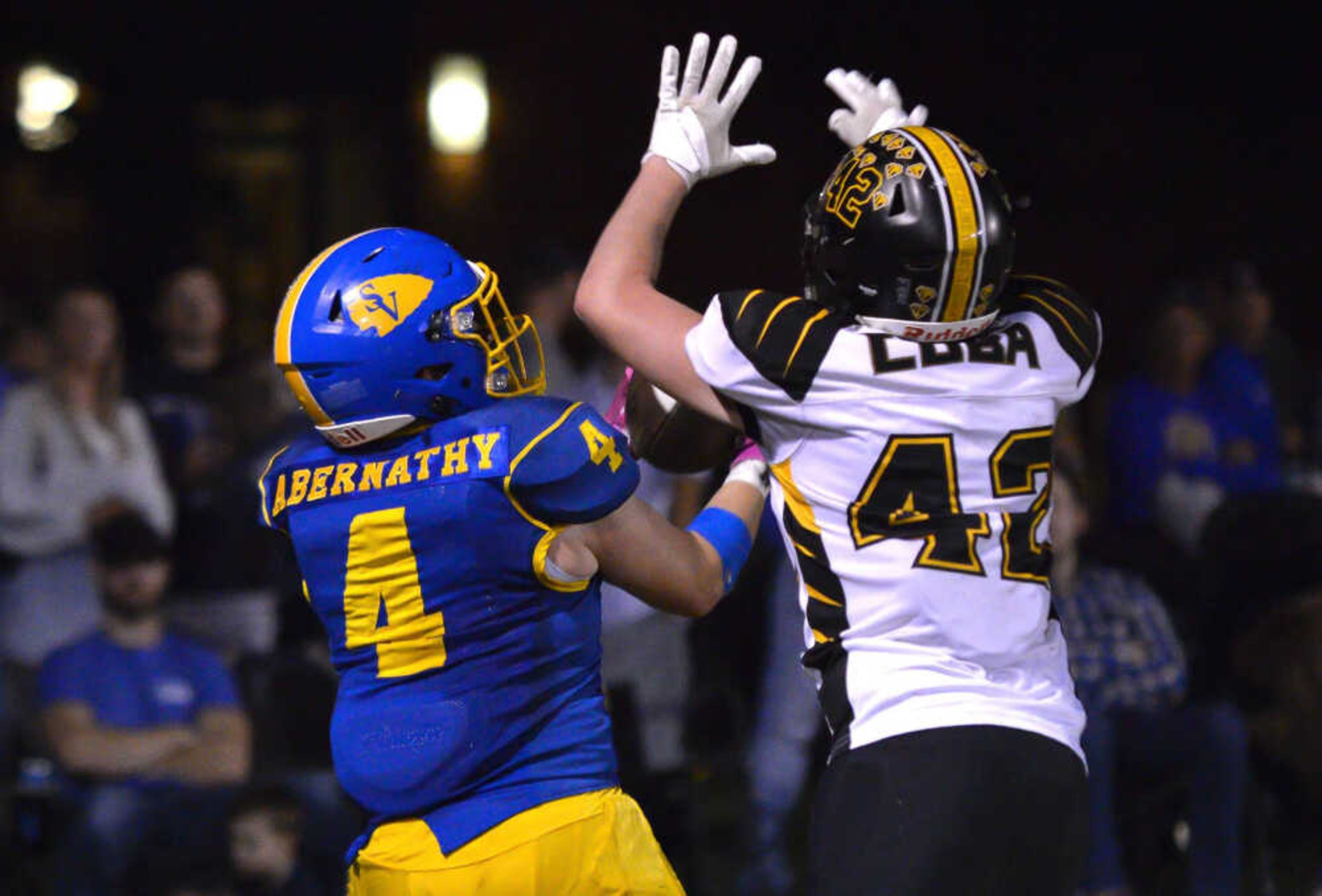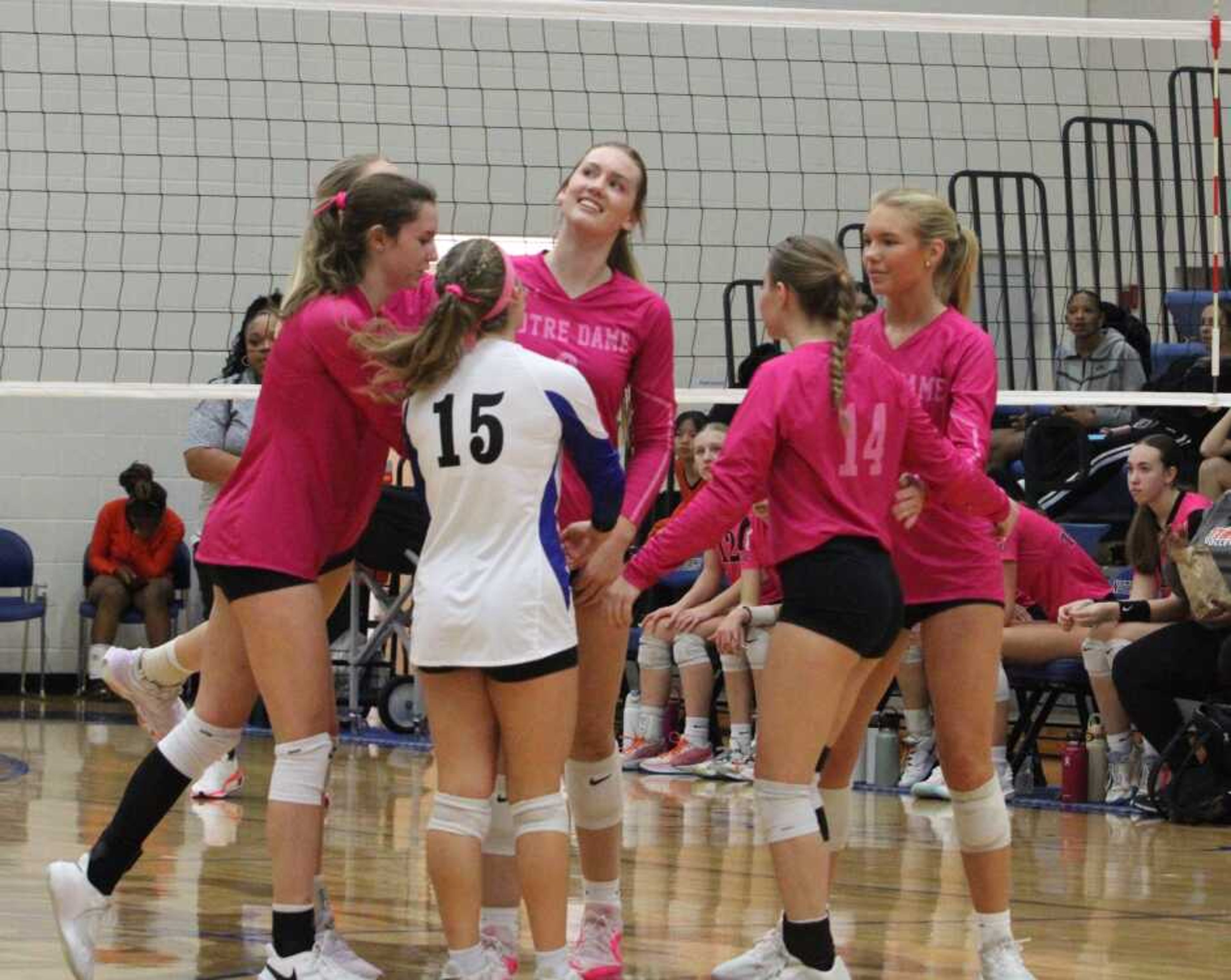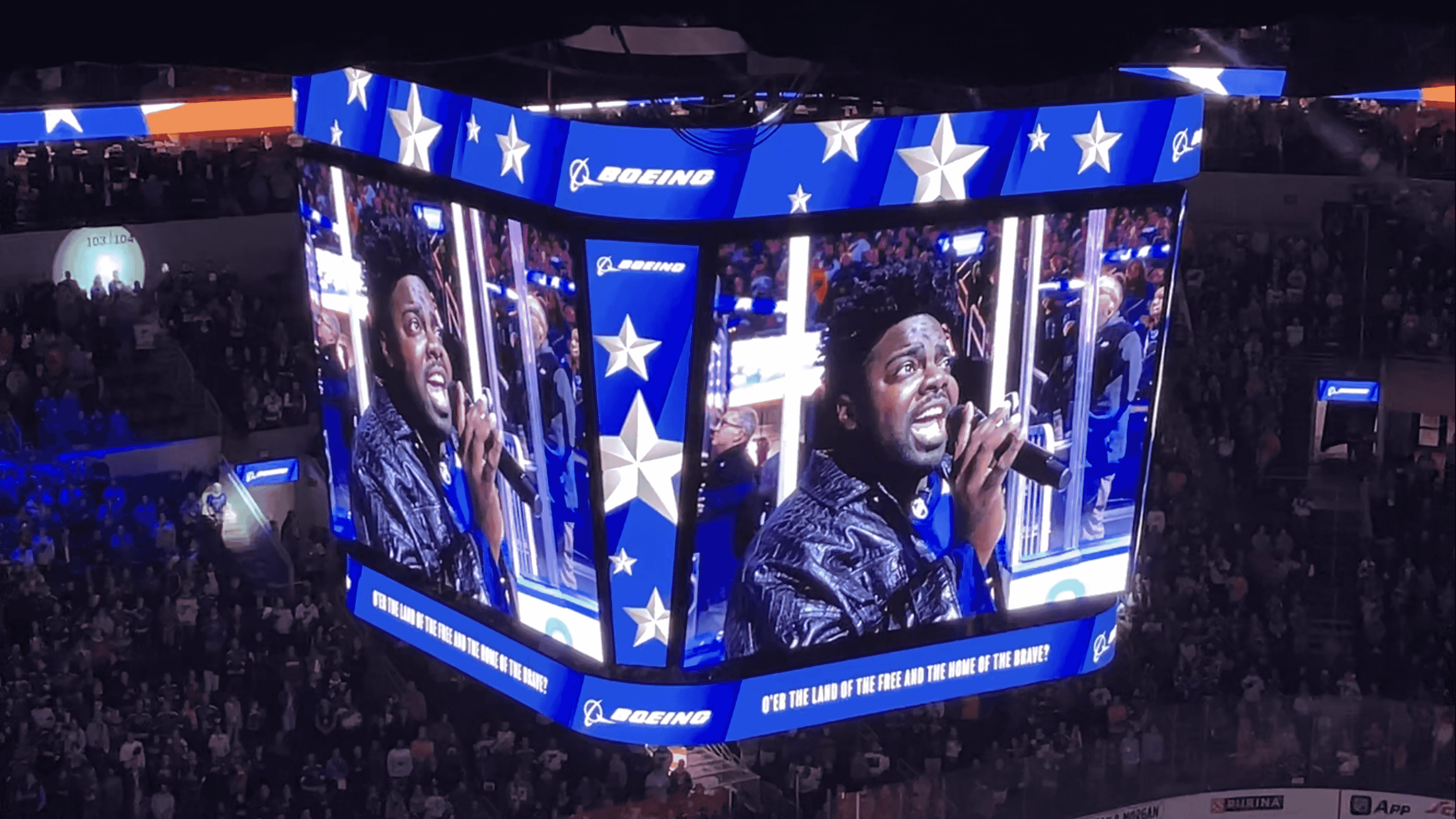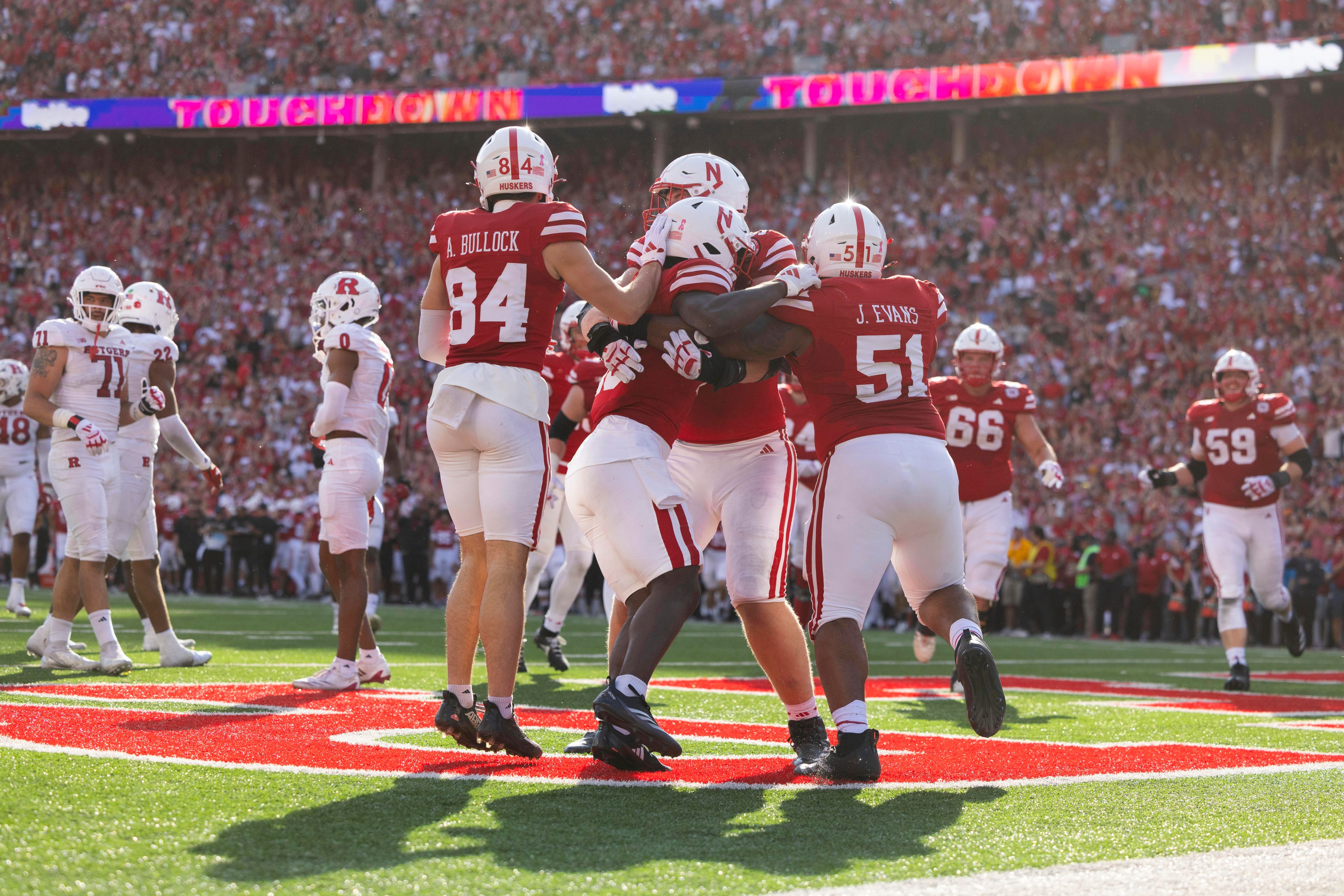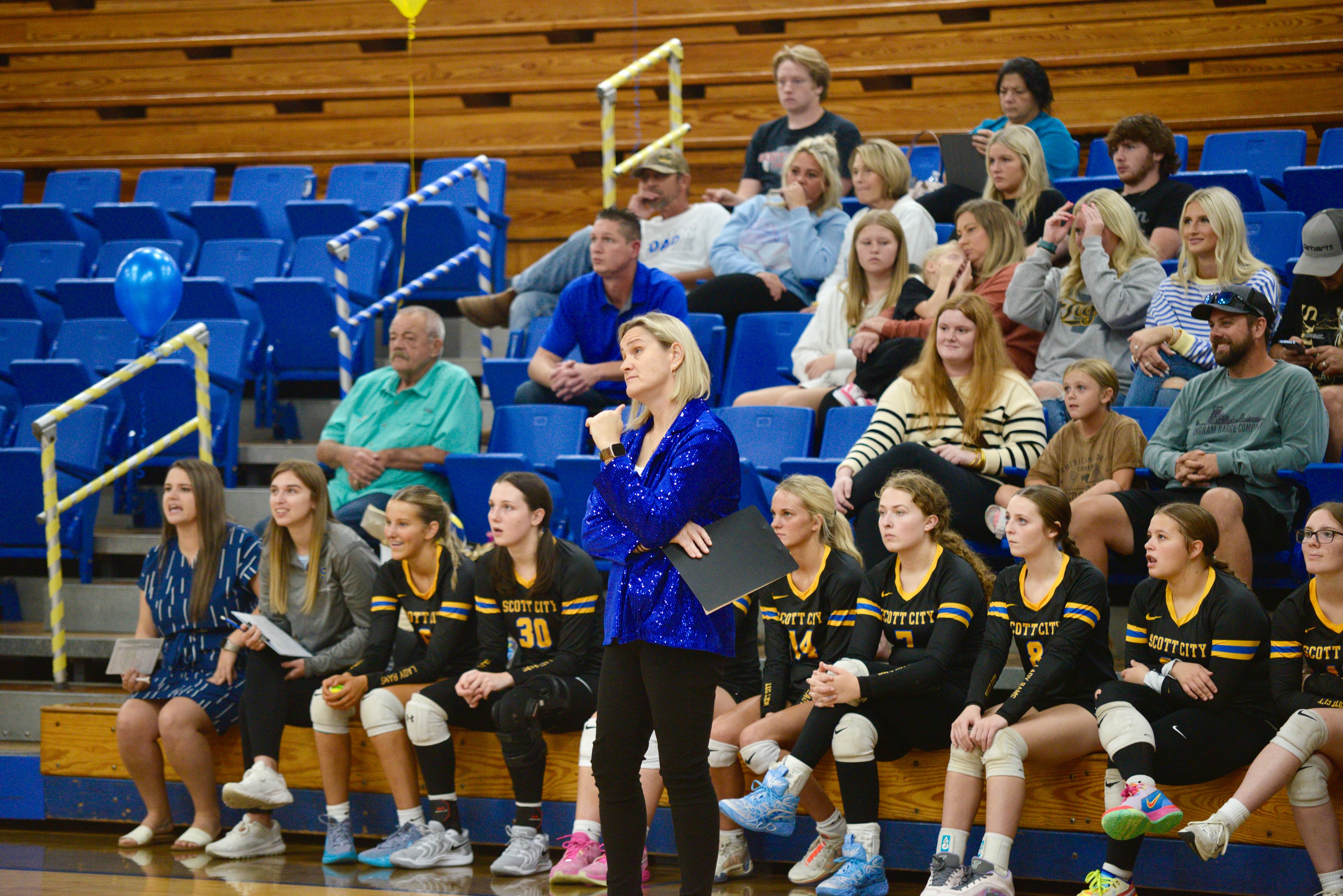The makeover of a champion
AUGUSTA, Ga. -- The lesson doesn't begin until the pupil has hit two dozen or so full shots down the range, two pairs of eyes tracking the flight of each ball as one. Few people would dare keep Tiger Woods waiting for five seconds, let alone five minutes. But Hank Haney never hurries. If the two men have learned anything over the 13 months they've collaborated on remaking the most scrutinized golf swing on the planet, it is this: Some things cannot be rushed...
AUGUSTA, Ga. -- The lesson doesn't begin until the pupil has hit two dozen or so full shots down the range, two pairs of eyes tracking the flight of each ball as one.
Few people would dare keep Tiger Woods waiting for five seconds, let alone five minutes. But Hank Haney never hurries. If the two men have learned anything over the 13 months they've collaborated on remaking the most scrutinized golf swing on the planet, it is this: Some things cannot be rushed.
"More than anything," Woods said after surviving a playoff with Chris DiMarco to win his fourth Masters, "it's validation of all the hard work I've put into it. Hank and I have put some serious hours into this and, you know, I read some of the articles over the past year of him getting ripped.
The story of this championship is less about vindication than the steadfastness and heart only real champions possess. It began in the wind and sideways rain at Muirfield when Woods shot 81 in the third round nearly three years ago, exactly one day before the greatest sustained run in the history of major championship golf ended with his defeat at the British Open. By the time the PGA Championship rolled around a few weeks later, the promise Woods made in his first victory speech -- that he would get better -- was ringing in his ears with an unsatisfying echo.
A Golf Digest writer described it this way -- "like Michelangelo going back to chisel a more impressive six-pack on David" -- and when Woods' winless streak extended to 10 majors, it seemed like he had destroyed the masterpiece that was once his swing.
In public, Woods parried critics with the promise "I'm close." In private, he had begun working with Haney, who was coaching his close pal, Mark O'Meara, but wouldn't acknowledge they were teacher and student until March 2004. That Woods did so at the start of what would be his worst season as a professional only made things worse.
Haney is the rare teacher who works backward, tracing the flight of a shot back to the clubface. What he and Woods settled on was devising a swing that was flatter and wider, hoping to produce a longer, more consistent path through the hitting zone. But the results, at least at first, were neither consistent nor encouraging.
Both of them sensed something special was in the offing when Woods won at Doral five weeks ago, much more so than his shaky early-season win at the Buick Invitational. And even though Woods started the Masters with a first-round 74 -- the lowlight was a putt for eagle that rolled off the 13th green and into Rae's Creek -- neither he nor Haney ever panicked. As it turned out, with good reason.
Woods made seven birdies in the rain-interrupted second round, then a record-tying seven straight and nine in all in his third round, also halved by rain. Between the nines that made up the second round, caddie Steve Williams parked himself and Woods' bag beneath the clubhouse veranda Saturday afternoon with a wide smile creasing his face.
It couldn't have looked any more beautiful through the rest of Saturday, or the completion of the third round early Sunday morning, when it appeared Woods had put away DiMarco and the rest of the field. Maybe the old Tiger would have put his foot on their throats and never looked back. Instead, he produced stunning bogeys at Nos. 17 and 18, abandoning nearly everything he and Haney had worked on for so long. Instead of trust, or overpowering skill, Woods had to find his way home this time on little besides guts.
"But at least I got into a playoff," he said. "At least, I didn't lose it on the last hole. Got into a playoff and I hit -- for some reason -- I hit two of the best shots I had hit all week. The 3-wood was perfect. I felt so good over that shot when I hit it, and all of a sudden the 8-iron in there was flushed."
None of it surprised Haney. Not the sustained brilliance for most of Friday, all of Saturday, and all but the last two holes of regulation on Sunday. Not the two perfect shots that preceded the birdie putt in the playoff, and especially not the way Woods fought through that valley of doubt to find his swing on the other side.
"His ball-striking left him on 17 and 18," the teacher said. "But in the end, I'd always say it's about heart. The golf swing is something you don't get and have, but he's getting closer and closer."
Woods wasn't so sure.
Reminded about all those times he said "I'm close," Woods was asked whether he was back to being the seemingly invincible player who pounded the game into submission just a few years ago.
"You never arrive," he said. "If you do, you might as well quit."
---
Jim Litke is a national sports columnist for The Associated Press. Write to him at jlitkeap.org
Connect with the Southeast Missourian Newsroom:
For corrections to this story or other insights for the editor, click here. To submit a letter to the editor, click here. To learn about the Southeast Missourian’s AI Policy, click here.
